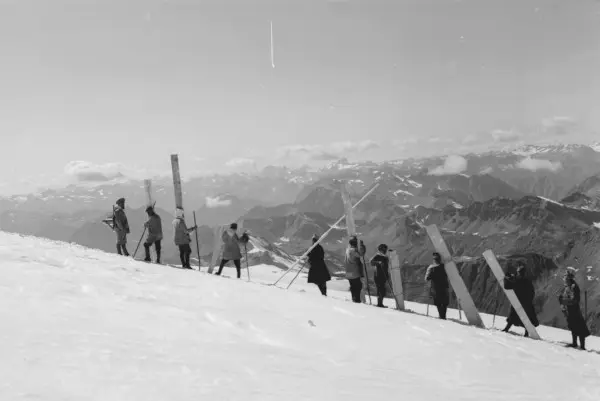Gli ultimi della Grande Guerra: memoria in rete
Start date: 15/09/2020
End date: 30/06/2021
Funder: Museo della Guerra
Operational unit: OBC Transeuropa

The project aims to bring to light a little-known story – that of Serbian and Russian prisoners of war used as forced labor on the Alpine front during the First World War – and to engage students in an active learning experience. Various activities will involve the proposing organizations, each at different times and with different roles: a historical research on Serbian and Russian prisoners in Trentino during the Great War; the creation of a photographic exhibition at the War Museum and of illustrative panels at Forte delle Benne; the development of an "interactive map" indicating the locations and employment sites of the prisoners in Trentino; the publication of a scientific article in the “Annals” of the War Museum; and a series of meetings and activities with local schools.
See the page: Gli ultimi della Grande Guerra memoria in rete




